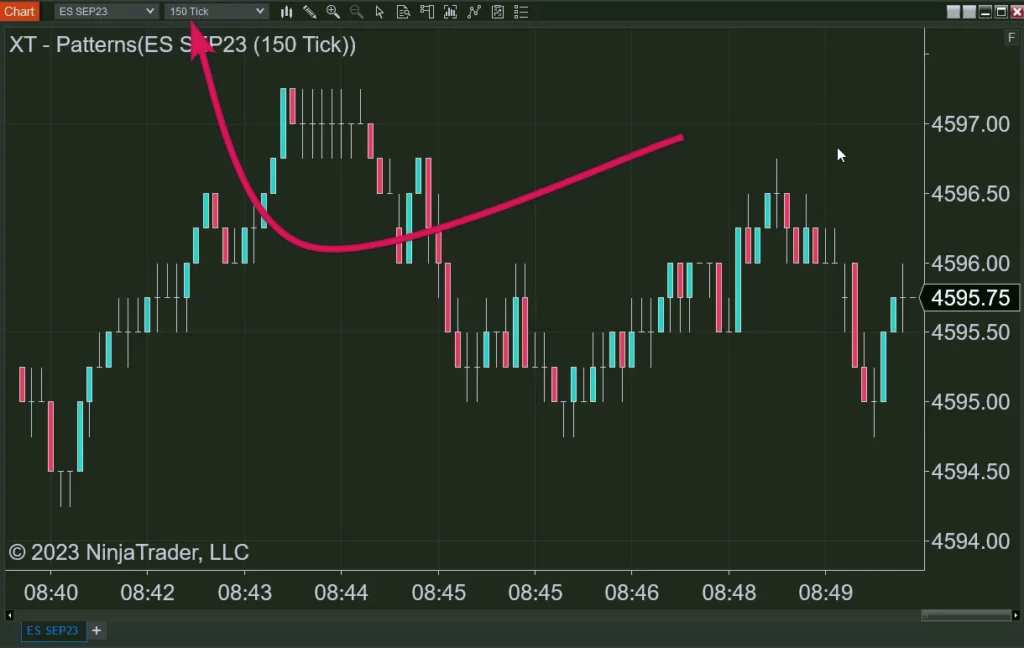Every tick, every tiny shift in the market, has the potential to significantly impact your decisions and outcomes. Mayhem is the result of trying to make sense of the market’s wild situation.
Features of the tick by tick trading
There are the following features of the tick by tick trading;
- It varies according to the asset being transferred. It determines a tick deal’s possible profit margin.
- For pricey securities, it is really important.
- It is typically determined by the exchange on which the securities are traded.
- Tick sizes vary according on exchange and security.
- For example, stocks with tick sizes between INR 0.05 and INR 1 are permitted on the National Stock Exchange of India (NSE).
- The phrase “minimum price movement” describes the least amount of price fluctuation that is feasible.
- Liquidity: Smaller tick sizes may increase market liquidity.
- Volatility: Affects the volatility of trading instruments. Market efficiency affects both the bid-ask spread and market depth.
What are the advantages of Tick by tick trading
There are the following advantages of tick by tick trading;
- There are many advantages to tick trading, especially for active day traders.
- The decrease in market noise is one of the main benefits.
- Tick charts give a sharper view of important market activity by excluding extraneous price changes because they are based on the quantity of transactions rather than time intervals.
- By doing so, traders may be able to concentrate on important patterns and make better choices.
- The ability to detect price fluctuations is an additional benefit.
- Tick charts can show price swings caused by large trade volumes, which suggests strong pressure to purchase or sell.
- Real-time risk management is also made possible by tick trading. Traders can swiftly modify their strategy in response to market conditions by placing a large number of trades in a brief amount of time.
- If used well, this flexibility can result in significant benefits. All things considered, tick trading offers a responsive and dynamic method of market analysis. It makes it an effective instrument for day traders.
Disadvantages of tick by tick trading
There are the following disadvantages of tick by tick trading;
- The absence of temporal relevance is a major drawback. For traders who utilize indicators that demand time inputs or who rely on time-based analysis, tick charts’ failure to account for time periods might be troublesome. Because of this, integrating tick charts with other trading systems that rely on time-based data may be difficult.
- The uneven bar sizes are another problem.
- Tick charts can display bars of different sizes during times of strong market volatility.
- It makes it challenging to keep an analysis consistent.
- Confusion and possible mistakes in trading decisions may result from this discrepancy.
- Because tick charts need constant attention to capture short-term price movements, traders may find the necessity for regular monitoring to be mentally taxing.
- Market liquidity may also be impacted by tick trading.
- Although there may be more trading choices with smaller tick sizes, the market may be disrupted by the increased noise and decreased liquidity.
- Slippage and increased transaction costs may result from this, gradually reducing profitability.



